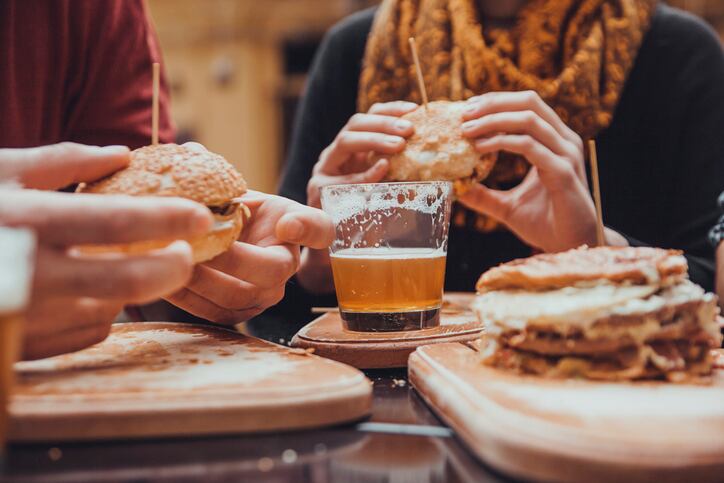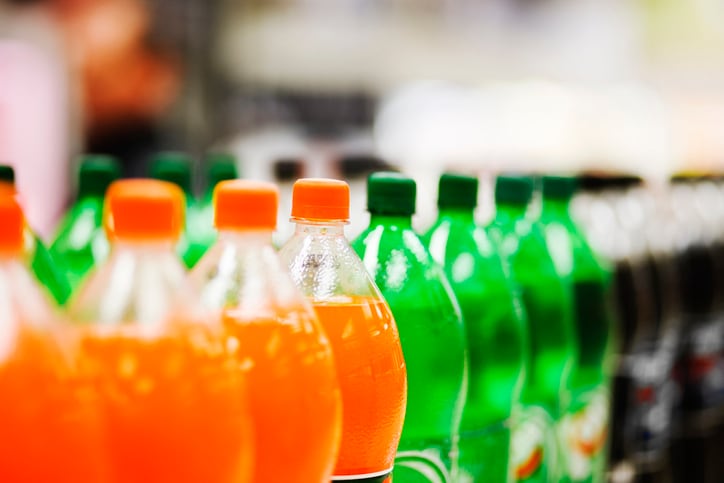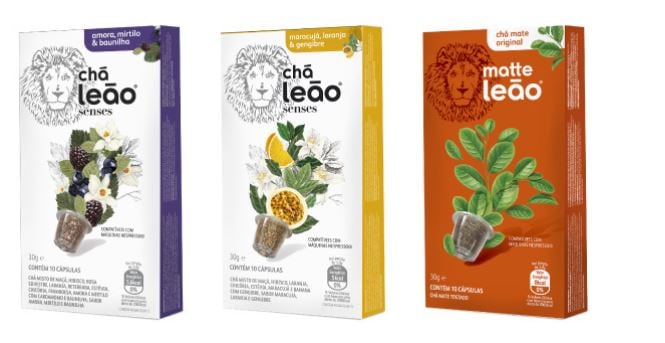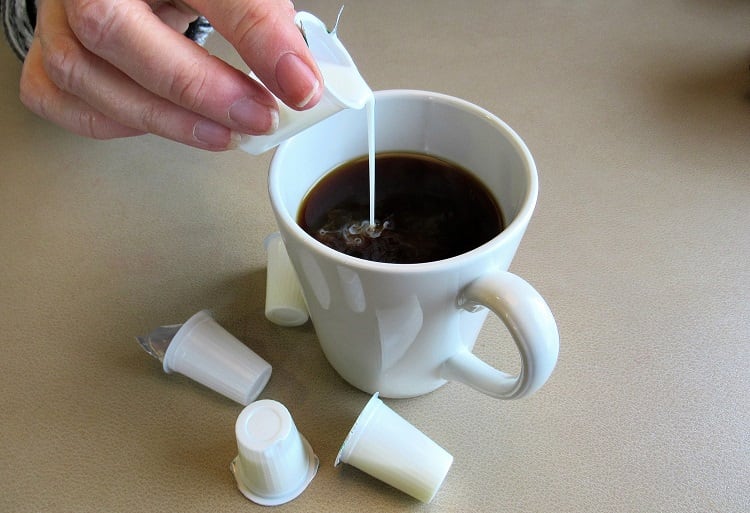For the past three years, the beverages market in Brazil has performed behind total fast-moving consumer goods (FMCG), shrinking its size from 15% to 14.6%.
A recent report by market research agency Kantar Worldpanel, however, identifies important areas manufacturers should consider in order to build a strategy and find growth in the category.
Dairy-based drinks are declining the most, followed by cold drinks. Beer and coffee, on the other hand, are on the rise, enjoying year-on-year growth of more than 5%.
The Kantar report does not explore the reasons behind the decline in Brazil’s dairy drink sector but it does show which categories are driving the decline.
The two biggest categories in terms of size, UHT milk and powdered milk, have both registered a decline of more than 3%, as have flavored milk, fresh milk and soymilk.
Bucking this trend and growing by more than 5%, however, are fermented milks and liquid yogurts.
Identify your true competitor
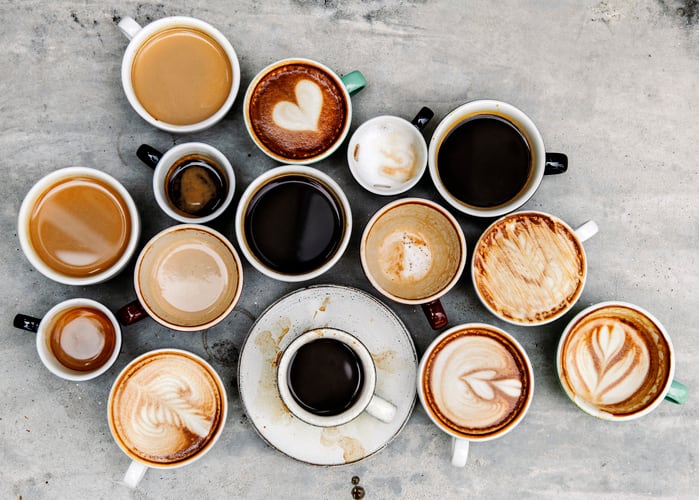
Firstly, brands need to begin by understanding purchase intent, says report author and global beverage market analyst, George Moore. “Only when you understand the motivation of the consumer, you can build a strategy to target growth in the beverages market,” he writes.
Pinpointing when consumers drink certain beverages, for instance, can help manufacturers identify their true competitor.
“We typically identify competitors from within our market or category. However, we should consider the wider threat from other beverage markets that are present at the same consumption moment,” said Moore.
A cup of coffee and a drinking yogurt may seem worlds apart in terms of taste and other sensory characteristics, but they are both popular drinks for breakfast. This makes them potential competitors, according to Kantar Worldpanel.
Similarly, cold drinks and beer could be seen as competing products during main meals.
“To truly explore competition, we must also consider the reason behind the occasion. This shows that beer is more likely to be consumed for pleasure and therefore features more at the weekend compared to cold beverages, where the reason is out of habit and feature more in the week.
"To understand your competitor in the beverage market, you must understand categories that compete at the same occasion and for the same reason.
At this point, manufacturers can directly appeal to shoppers by communicating about how their product is suited to a particular occasion.
Occasion pairing
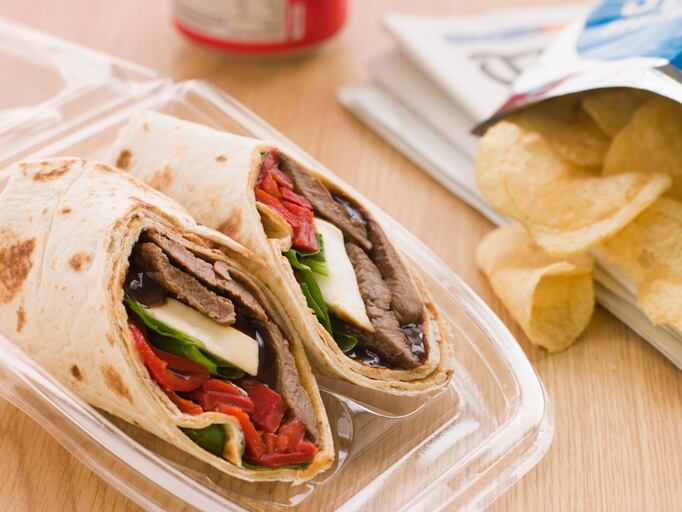
So what strategies can a manufacturer use to pair its beverage to a particular eating occasion – such as the classic combo ‘beer and barbecue’ – apart from advertising?
“I have two thoughts here,” Moore told FoodNavigator-LATAM. “Firstly is cross-category promotions, which is quite a common practice in the UK.”
In the retail space, this is when a supermarket offers a lunchtime ‘meal deal’, offering a sandwich or salad, a drink, and a snack (such as a yogurt or a piece of fruit) for a fixed price. In the evenings, the meal deal format might be tweaked to include a ready meal starter, ready meal main course, dessert and a bottle of wine.
“Manufacturers have found growth by being added to part of the meal deal, such as coconut water,” Moore said.
“The second option would be through in-store display. Another common practice is to see varying products placed together to again provide a meal solution. Both examples show how beverages have been paired with main meals.”
Out of home sales have a higher value
According to Moore, beverage brands should also have two separate strategies to drive sales: one for in-home purchases and another for out-of-home.
Out-of-home sales represent 40% of Brazil's total beverage market value and are currently enjoying a 7.6% growth rate, with beer and cold drinks performing well. Out-of-home products also have a “far higher” average price per liter, said the analyst.
To win in the out-of-home sector, where, he advises manufacturers to consider alternative pack formats that favor smaller servings.
“Beverage manufacturers need to ensure that they are well placed to take the opportunity in the in- and out-of-home markets, by being present in both impulse and food channels and with an adequate portfolio to match each occasion,” writes Moore.
Drink preferences are highly influenced by Brazil’s diverse socio-economic make-up.
Premium beverages such as coconut water, ready-to-drink fresh juices and tea, for instance, tend to be bought by the country's affluent consumers while lower socioeconomic groups are more likely to buy soda, juice from concentrate, powdered juice and water.
Sales of certain categories are highly concentrated in specific regions. The bulk of powdered milk sales are in the north and north-east of the country where households have smaller incomes.
Build a portfolio of brands
“The final consideration is that [growth] can only be achieved through retail activation. To reiterate the point that the biggest brands, are those chosen the most often, this can only be true if the product is physical available for shoppers to buy.
“Building a portfolio of brands to target varying shoppers and occasions, tailoring assortment to relevant channel and being regionally diversified can help you reach more shoppers at more occasions.”

